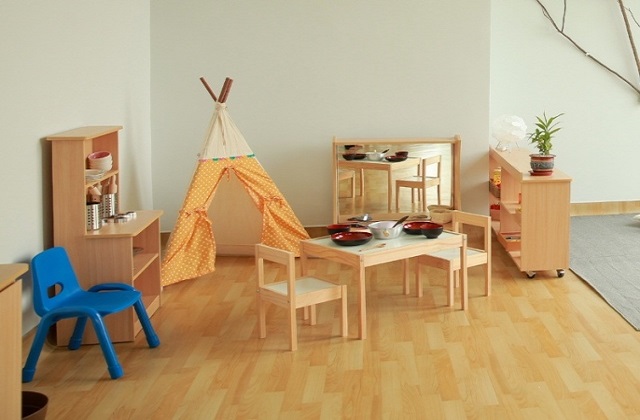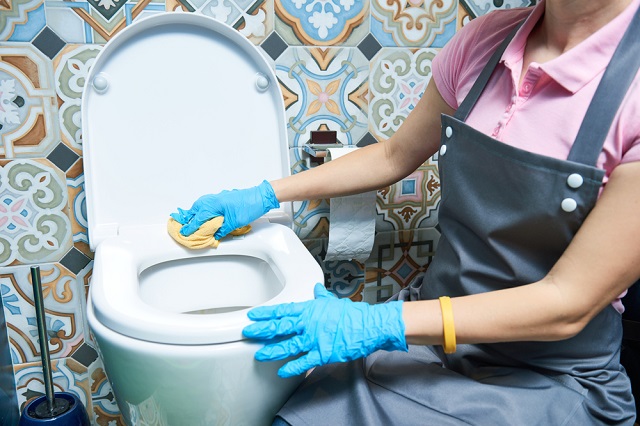5 Tips On Designing Learning Spaces At Home
This notion of the use of the environment to extend and challenge children’s learning and thinking was brought into awareness by the schools and educators of Reggio Emilia. Other educators such as Maria Montessori emphasized on an environment that nurtures children’s independence through child-sized furniture and thoughtful placement of materials at the child’s level, readily accessed when needed to. Rudolf Steiner called for the importance of open-ended play with resources chosen because they can be used in many ways. All of these values have helped shaped many of the classrooms in early childhood environments.
Taking the values from above, how then can you create innovative learning spaces for your child at home?
It takes a village to raise a child !
Join our WhatsApp Groups or Facebook Group to interact with parents about infant care/child care in Singapore..









